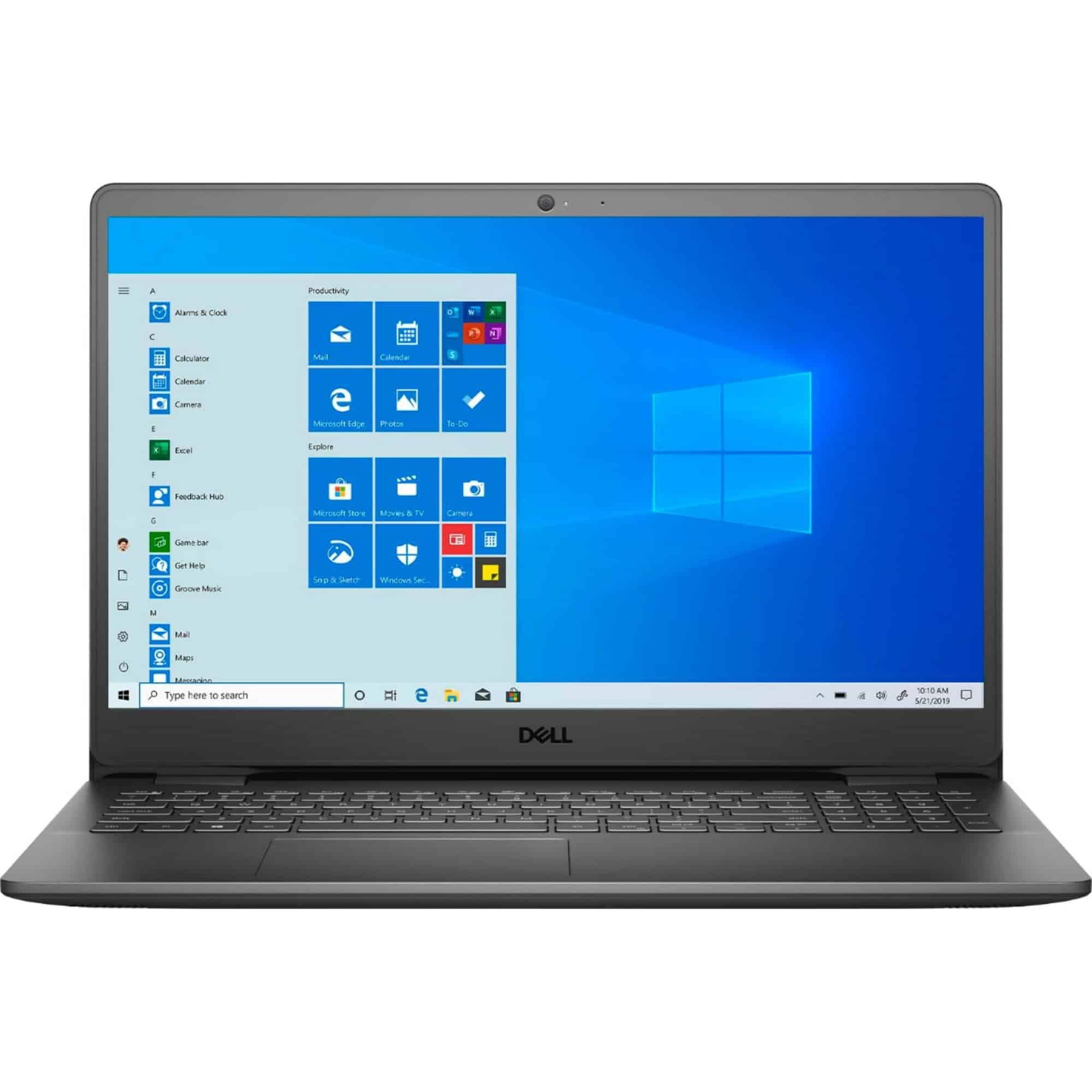Experiencing issues with a Dell laptop screen can be frustrating, but there are several solutions you can try. Common fixes include reconnecting cables, updating drivers, and using the built-in troubleshooters. These steps often resolve display problems without the need for professional repair. For more severe issues, such as cracks or physical damage, repair or replacement may be necessary. Dell offers repair services for accidental damage, but costs can vary depending on the warranty coverage.
Connecting the laptop to an external monitor can help you determine whether the problem is with the screen itself or other hardware components. While DIY repair is an option for tech-savvy users, it is important to proceed with caution. Opening the laptop may void the warranty and could lead to further damage if not done correctly. Always consult official Dell support resources or reach out to professional technicians for complex screen repairs.

Troubleshooting Your Dell Laptop Screen
A malfunctioning laptop screen can be a major inconvenience. Whether you’re dealing with a cracked screen, flickering images, or a complete blackout, it’s essential to identify the problem and find the right solution. Here’s a guide to troubleshooting and fixing your Dell laptop screen:
Common Dell Laptop Screen Problems
- Cracked Screen: This is usually caused by physical impact and is often characterized by visible cracks or spiderweb patterns on the screen.
- Flickering Screen: A flickering screen can be caused by a loose connection, a faulty display driver, or a problem with the backlight.
- Dead Pixels: These are tiny dots on the screen that remain permanently black or discolored.
- Dim Display: A dim display might indicate a problem with the backlight or the screen’s brightness settings.
- Lines on the Screen: Vertical or horizontal lines on the screen can be a sign of a damaged display panel or graphics card.
- No Display at All: If your laptop powers on but the screen remains black, there could be an issue with the screen itself, the video cable, or the graphics card.
Troubleshooting Steps
Before rushing to replace your screen, try these troubleshooting steps:
- Check Connections: Ensure the video cable connecting the screen to the motherboard is securely plugged in. You might need to open the laptop’s back panel to access this cable.
- Update Display Drivers: Outdated or corrupted display drivers can cause various screen problems. Go to Dell’s support website, enter your laptop’s service tag, and download the latest display drivers for your model.
- Adjust Brightness: Make sure your screen’s brightness isn’t turned down too low. Use the function keys on your keyboard to adjust the brightness.
- External Monitor Test: Connect your laptop to an external monitor to see if the display works properly. If it does, the problem lies with your laptop’s screen. If not, the issue might be with the graphics card.
- Boot in Safe Mode: Booting your laptop in Safe Mode can help determine if a software issue is causing the screen problem.
- Hardware Diagnostics: Dell laptops often have built-in hardware diagnostics tools. Run these tests to check for hardware failures.
Repair Options
If troubleshooting doesn’t resolve the issue, you have several repair options:
- DIY Repair: If you’re tech-savvy and comfortable with disassembling your laptop, you can purchase a replacement screen online and attempt a DIY repair. However, this can be challenging and requires careful handling.
- Dell Repair Service: Contact Dell support to inquire about repair services. They might offer mail-in repairs or on-site service depending on your warranty and location.
- Third-Party Repair Shops: Local computer repair shops can often fix laptop screens at a lower cost than Dell’s official service. However, ensure the shop has experience with Dell laptops and uses quality parts.
Prevention Tips
- Handle with Care: Avoid dropping or bumping your laptop to prevent screen damage.
- Use a Screen Protector: A screen protector can help shield your screen from scratches and minor impacts.
- Properly Close the Lid: Always close the lid gently to avoid putting pressure on the screen.
- Keep it Clean: Regularly clean your screen with a microfiber cloth to prevent dust and debris from scratching it.
| Problem | Possible Causes | Solutions |
|---|---|---|
| Cracked Screen | Physical impact | Replace the screen. |
| Flickering Screen | Loose connection, faulty driver, backlight problem | Check connections, update drivers, replace backlight or screen. |
| Dead Pixels | Manufacturing defect, screen damage | Replace the screen. |
| Dim Display | Backlight issue, brightness settings | Adjust brightness, replace backlight or screen. |
| Lines on Screen | Damaged display panel, graphics card problem | Replace the screen or graphics card. |
| No Display at All | Faulty screen, video cable, graphics card, power issue | Check connections, try an external monitor, check for power issues, replace faulty components. |
By following these troubleshooting steps and considering the repair options, you can effectively address your Dell laptop screen problems and get back to work or play.
Key Takeaways
- Common screen issues can often be fixed with simple troubleshooting steps
- Physical damage may require professional repair or screen replacement
- DIY repairs are possible but can be risky for inexperienced users
Understanding Your Dell Laptop Screen Issues
Dell laptop screens can experience various display problems. Users need to identify specific issues and their potential causes to find effective solutions.
Identifying Common Display Issues
Dell laptops may face several screen problems. Black screens occur when no image appears. Flickering displays present unstable visuals. Vertical lines indicate potential hardware faults. Blurry or pixelated images suggest resolution or driver issues.
Users should check for physical damage. Cracked screens or visible marks can cause display problems. LCD issues may manifest as dark spots or uneven lighting.
Some Dell models like Inspiron, Latitude, and XPS series have model-specific quirks. G Series gaming laptops might show graphics-related issues due to intensive use.
Determining the Cause of Screen Problems
Screen issues often stem from software or hardware problems. Outdated or corrupt graphics drivers can cause display errors. Users should check for recent Windows updates or driver changes.
Hardware issues may involve loose connections. The LCD cable connecting the screen to the motherboard can become detached. Graphics card failures in Dell laptops can lead to display malfunctions.
External factors like power supply issues or overheating can affect screen performance. Users should ensure proper ventilation and check power adapters.
Dell’s built-in diagnostics can help pinpoint problems. Pressing F12 during startup accesses these tools on many Dell models.







